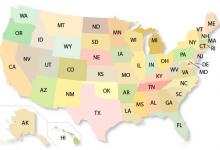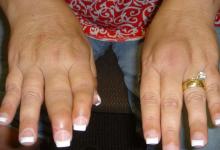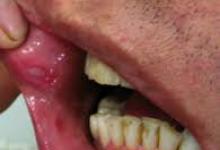Lower Limb Muscle Mass Influences Osteoarthritis Risk Save

The Rotterdam study shows that weight-bearing recreational physical activity caused more incident knee osteoarthritis (KOA), but mainly when there was low muscle mass.
KOA risk is traditionally linked to either obesity or injury. This study assesses whether muscle mass may influence osteoarthritis risk.
A prospective cohort study enrolled 5003 adults over age 45 yrs. (56% women; mean age, 65 years) without baseline KOA. Radiographs, body weight, recreational physical activities (weight-bearing, and non–weight-bearing) and muscle mass (by DEXA) were assessed.
With a mean follow-up time of 6.33 years, the knee osteoarthritis incident rate was 8.4% (793 of 9483 knees).
Higher weight-bearing activity was associated with increased risk of KOA (OR 1.22; 95% CI, 1.10-1.35; P < .001), but non–weight-bearing activity was not (OR 1.04; 95% CI, 0.95-1.15; P = .37).
When patients were grouped into lower-limb muscle mass index (LMI) tertiles, KOA risk was found only among 431 patients in the lowest LMI tertile (OR, 1.53; 95% CI, 1.15-2.04; P = .003), but not among patients in the middle or high LMI tertiles.
Hence recommendations for weight-bearing activity may be best directed in those with supportive muscle mass to accommodate activity.










If you are a health practitioner, you may Login/Register to comment.
Due to the nature of these comment forums, only health practitioners are allowed to comment at this time.